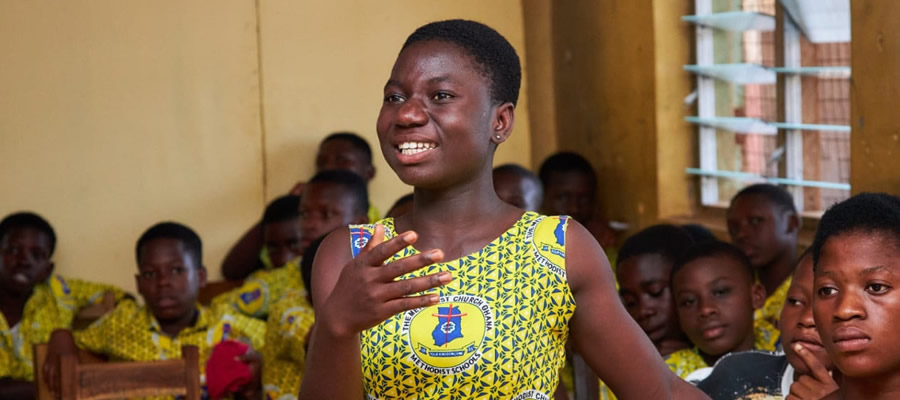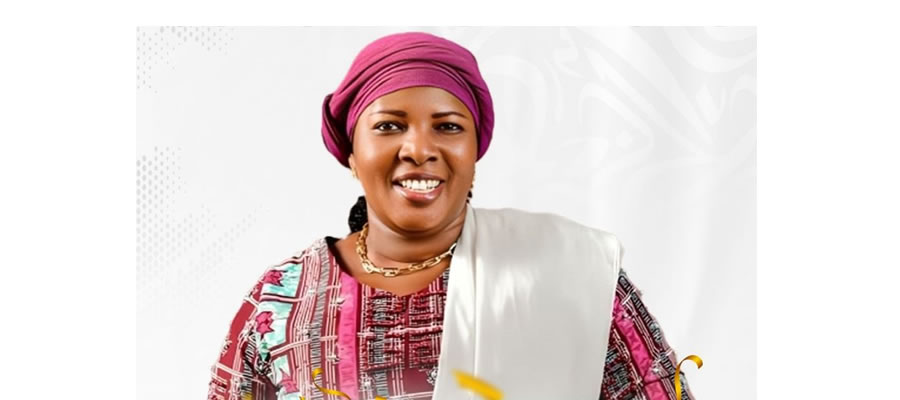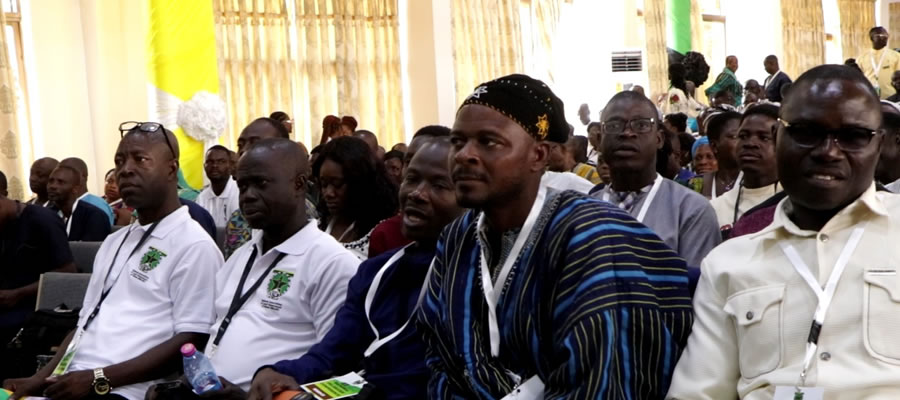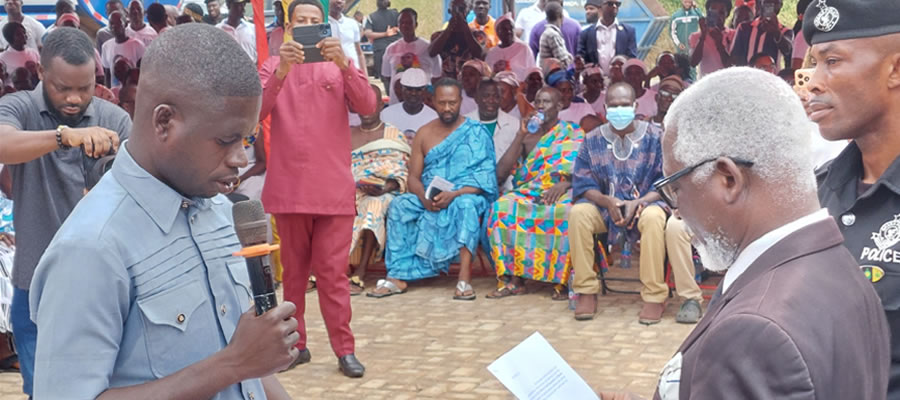
The Bono Region with Sunyani as its capital is one of the 16 administrative regions of Ghana. It was carved out of the former Brong Ahafo Region. In March 1959, the Brong Ahafo Bill was passed as a step towards the creation of another region in Ghana. Subsequently, on 4th April 1959, the Brong Ahafo Region Act, No. 18, 1959 was enacted for the creation of the Brong Ahafo Region.
However, in December 2018, the then President Akufo-Addo Government approved a petition to create six new regions in Ghana. Thus three new regions were created out of the existing Brong Ahafo Region namely Bono, Bono East and Ahafo after a successful referendum was held for the creation of six new regions in Ghana. Consequently, in the spirit of Article 255 of the 1992 constitution and Article 186 of the Local Governance Act, 2016 (Act 936 as Amended), the Bono Regional Co-ordinating Council (BRCC) is a new entity and thus replaces the Brong Ahafo Regional Co-ordinating Council (BARCC). It therefore became necessary to inaugurate the BRCC to enable it to perform its functions accordingly. Brong Ahafo Region in effect ceased to exist and so does the Brong Ahafo Regional Co-ordinating Council (BARCC).
Location and Size
The Bono Region has a total population of 1, 208,965 (3.9% of National population) with an annual population change of 2.5%, recording 31% increase relative to 922,617 population in 2010 according to results released by the Ghana Statistical Service after the 2021 National Population and Housing Census. The region also has a population density of 108.8/km² (GSS 2021)
The Bono Region covers an area of 11,113 km². It has six (6) Municipal and six (6) District Assemblies. Bono Region shares a border at the north with Savannah Region, on the east by Bono East Region, and on the south by Ahafo Region, south-east by Western North Region and on the west by the La Cote D’Ivoire.
GHANA IN PERSPECTIVE
Climate and Vegetation
This area’s topography is mainly characterized by a low elevation not exceeding 152 metres above sea level. It has moist semi-deciduous forest and the soil is very fertile. The region produces Cash crops like cashew, timber, etc., and food crops such as maize, cassava, plantain, cocoyam, tomatoes, and many others.
Bono Regional Map in Perspective
Bono Region in Perspective
Brief History about the then Brong Ahafo Region
It was created on 4th April 1959 (by the Brong Ahafo Region Act No. 18 of 1959). The Act defined the area of the Brong Ahafo Region to consist of the northern and the western part of the then Ashanti Region and included the Prang and Yeji areas that before the enactment of the Act formed part of the Northern Region.
Before the Ashanti Empire was conquered by the British in 1900, the Brong and Ahafo states to the north and northwest of Kumasi (the capital of Ashanti Empire and the present Ashanti Region) were within the empire.
Nana Akumfi Ameyaw III traces his ancestry to King Akumfi Ameyaw I (1328-63), under whose reign the Brong Kingdom with its capital at Bono Manso grew to become the most powerful kingdom of its time. Indeed oral tradition has it that nearly all the different groups of the Akans, including the Asante, trace their origins to Bono after migrating from the north.
Date Created : 8/1/2023 12:00:00 AM












 facebook
facebook
 twitter
twitter
 Youtube
Youtube
 +233 593 831 280
+233 593 831 280 0800 430 430
0800 430 430 GPS: GE-231-4383
GPS: GE-231-4383 info@ghanadistricts.com
info@ghanadistricts.com Box GP1044, Accra, Ghana
Box GP1044, Accra, Ghana